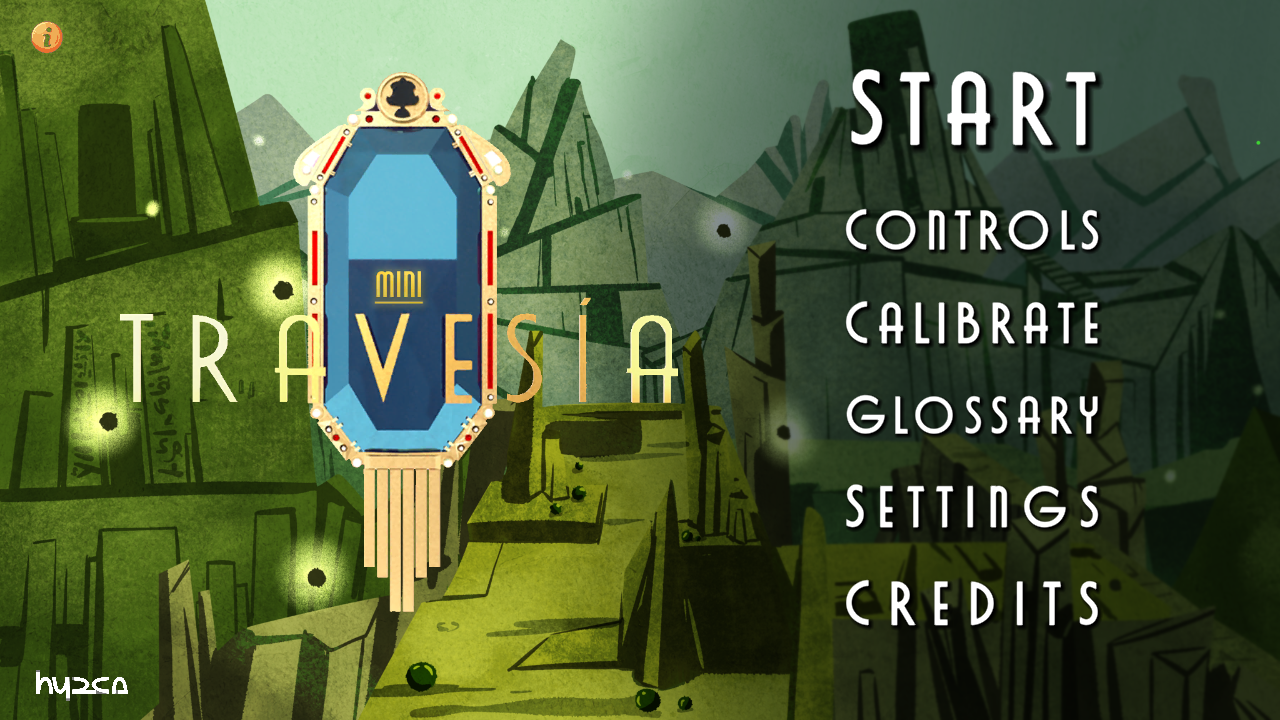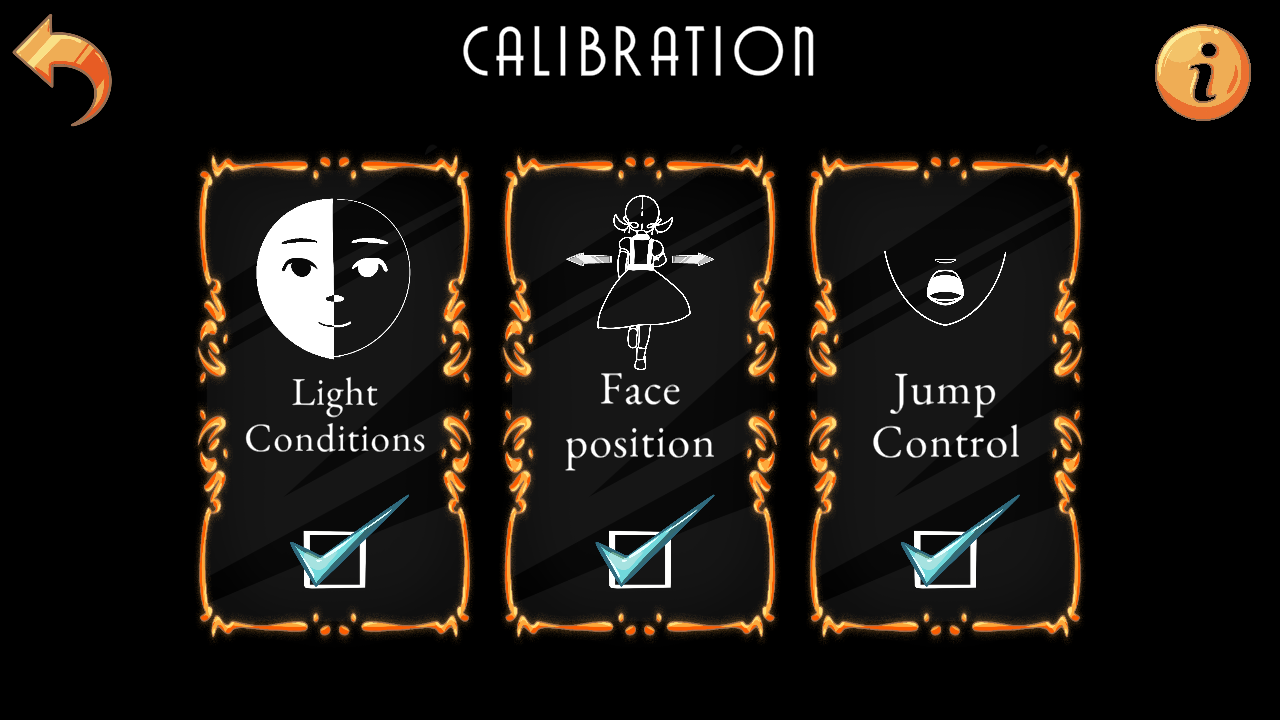MiniTravesía posed a significant challenge in terms of UI/UX design. Unlike most mobile games, which typically require minimal setup, our game's core feature revolved around facial expressions, necessitating a calibration phase for players.
Enhancing the game's user interface was pivotal for a seamless player experience:
- Streamlined Calibration: Initially, a ~3-minute calibration process was implemented for first-time players. However, player engagement was a priority, leading to a shorter, more efficient calibration phase.
- UI Element Refactoring: To facilitate the player's interaction with facial expression calibration, several UI elements were repositioned and refined.
- Interruptible Calibration: The calibration process was transformed into a series of brief, interruptible steps, each taking no longer than 20 seconds to complete.
The player's experience was at the forefront of our development efforts:
- Optimized Calibration: Accommodating a more straightforward calibration process required a sophisticated backend calibration algorithm, ensuring the accuracy of facial expression detection.
- Rapid Calibration: The calibration phase was refined to take less than 20 seconds to complete, and calibration data was stored for subsequent playthroughs, eliminating the need for repeat calibrations.
- Flexible Calibration: Players were granted the flexibility to redo specific calibration phases in any preferred order, enhancing customization and usability.

Main menu of MiniTravesía.

Main window of the calibration phase.